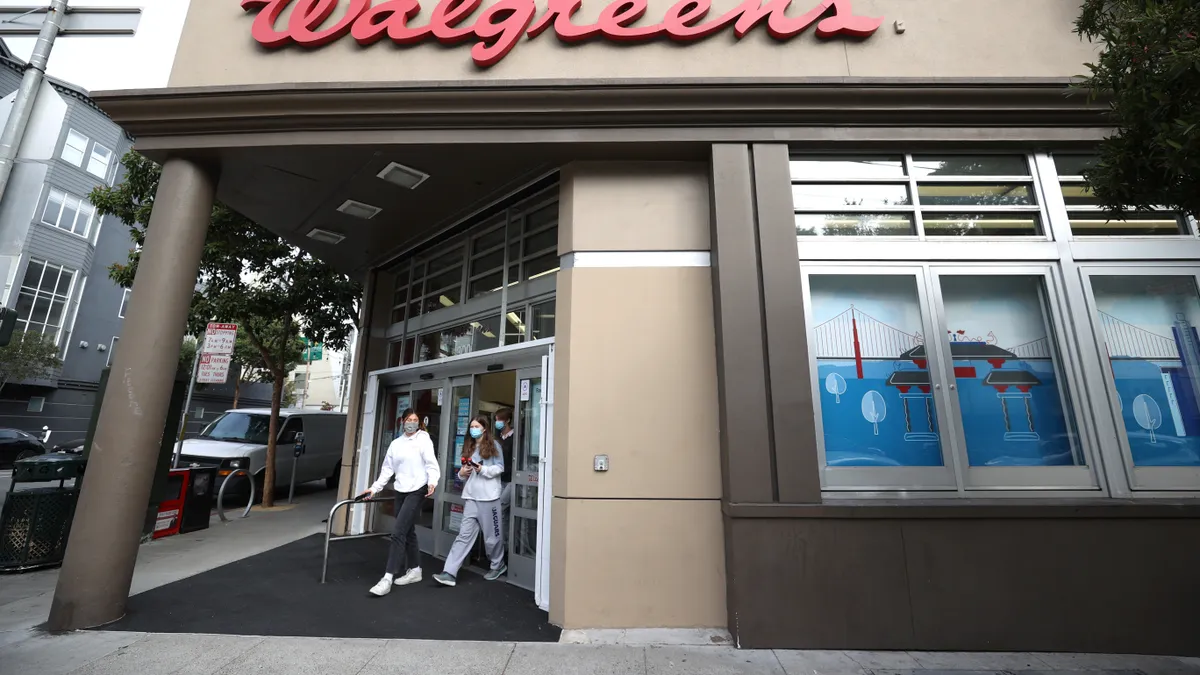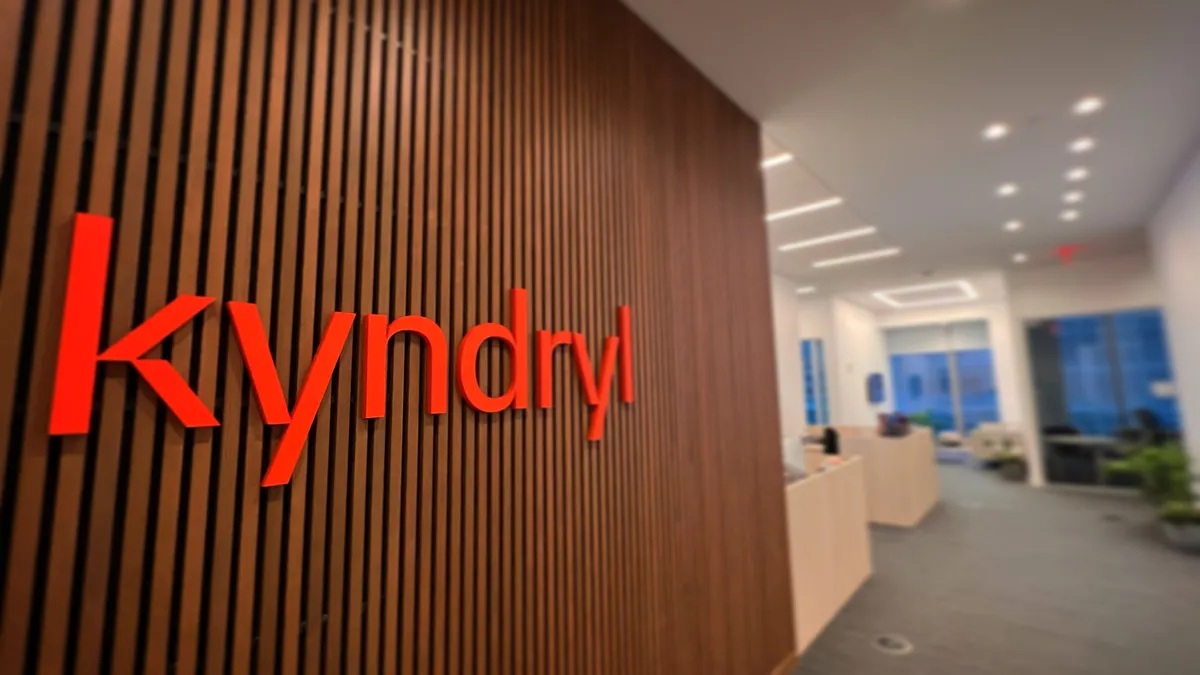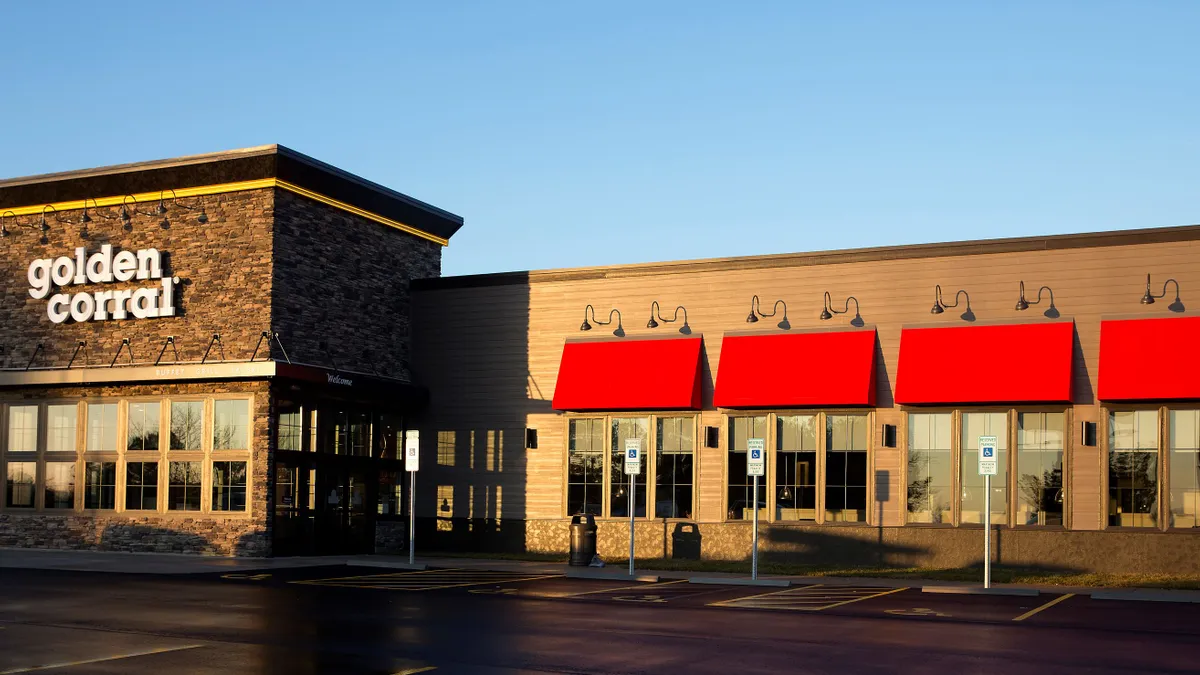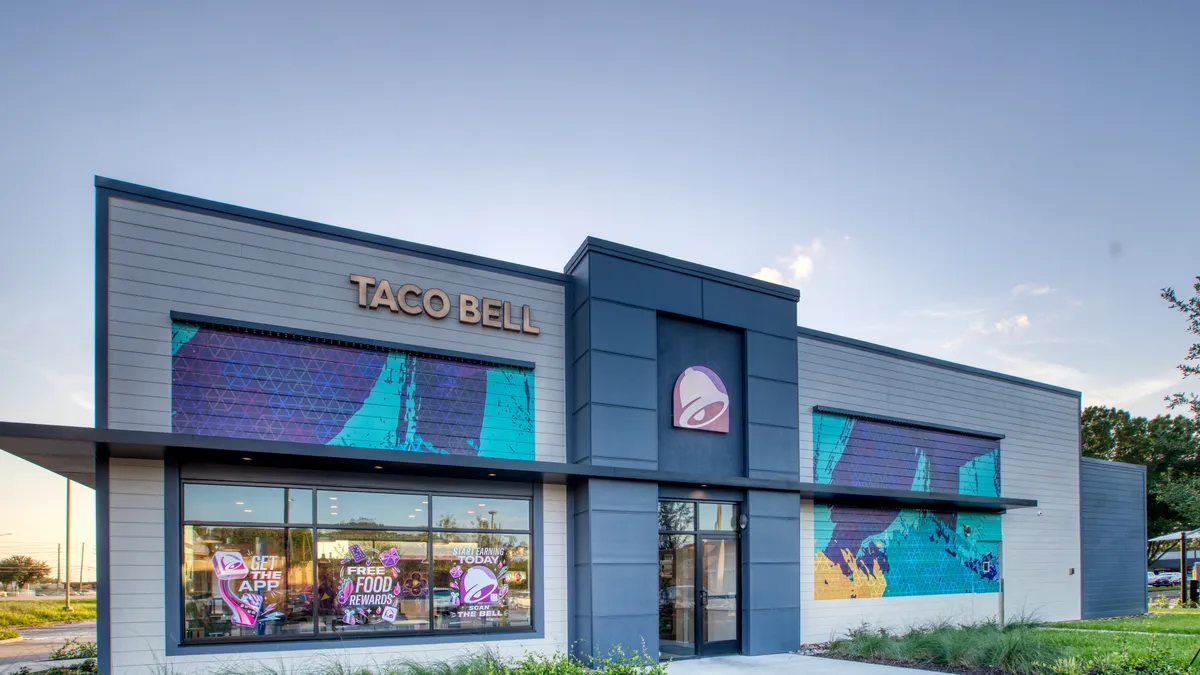Walgreens Boots Alliance reimagined its IT playbook before the pandemic hit, a shift that reversed the order of how it built technology.
Before the transformation, which started to come together in 2019, the company used to develop a program idea, deliver a project, build the capabilities to support the idea, and only then present the new capability to customers, said Francesco Tinto, senior VP and global CIO at Walgreens Boots Alliance.
"We shifted totally and said, let's start from the customer journey," said Tinto, who joined Walgreens in 2019.
Prescription delivery is one example of this shift. The company developed customer personas, which could include for example, a caregiver procuring medicine for someone under their care. In the backend, specific software solutions power a differentiated experience across digital channels.
In another example, the company created a program called New to Therapy to orient diabetes patients with care needs. Across web or mobile touchpoints, the company can offer specific prompts as the patient gets accustomed to new prescription medication, or suggests content relevant to changes in nutrition.
The push at Walgreens Boots Alliance to focus the technology creation process around customers is a sign of broader change in how enterprises understand technology. It is the pivot away from months-long creation efforts, in favor of shorter upgrade bursts that respond to customer needs.
Forrester research suggests better customer experience (CX) is directly linked to growth, by improving customer retention and spend, said Principal Analyst Sara Watson in an email. "Starting with customer insights allows technology and CX leaders to focus their innovation efforts on meeting customer needs and expectations," Watson said.
The trend showcases a close relationship between customer experience and technology, a sign of ongoing evolution in the CIO role. Gartner projections say one in 10 technology leaders will serve as the de facto CX leader for their organizations by 2025.
At Walgreens, no longer do changes take weeks to see the light of day — "it's more an experience that I keep enhancing," Tinto said. The company also embraced Agile, foregoing two-year projects in favor of minimum viable products and iteration.
Flipping the script
Philosophically, building technology under a customer-centric playbook means responding to intentions and needs, instead of starting with pre-built solutions. Technologically, it means undoing silos, and connecting identities across disparate systems.
The fundamental challenge in this approach is creating a single customer identity that lets the company "build a story of all touchpoints across all channels," said Tinto.
In the retail pharmacy space, breaking down silos is key.
"If my prescription doesn’t show up in the app because the pharmacy has multiple customer records for me, that’s a bad customer experience, and I’m not empowered to use the tools like mobile refills as seamlessly as intended," said Watson.
After consolidating customer identities, a second key element in the playbook is to rely on a personalization engine to offer accurate insights and suggestions, he said. Then, Agile and DevSecOps methodologies let the company stay nimble enough to deliver timely solutions.
"There is a big redefinition of the way IT is working," said Tinto.
Agile development can help companies thrive amid turbulent or uncertain times, said Dana Daher, research director at Info-Tech Research Group.
"We're seeing a lot of shifts in how people are living, working and socializing," Daher said. "There's a lot of dramatic shifts that are happening as a result of political, socioeconomic changes. Agile development allows us to iterate quickly upon those needs."
Despite advantages, the enterprise still struggles with challenges of scale. Just one-quarter of companies surveyed by Forrester think their teams were “highly proficient” in Agile. Just 17% of leaders believe their company invested in structural changes to support Agile.
And while most modern transformation efforts start with a customer and builds around them, enacting the playbook is not without its challenges.
"A lot of older legacy organizations already have a way of doing things, they already have a strategy in place," said Daher. "Asking them to shift in this new customer-centric lens is met with friction sometimes."





















